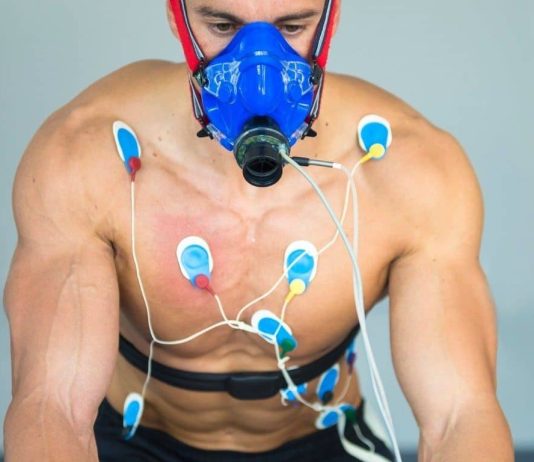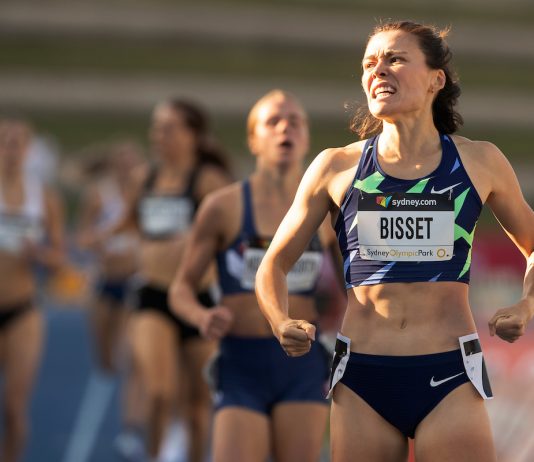The Mature Distance Runner: Fundamentally Speaking Part Five: Shoes – A Soleful Discussion
Runnerstribe Admin -
Written by Michael Beisty
‘The less we interfere with the natural movements of our feet, the better we are going to perform, so shoes have to be avoided which promise to cushion and control what fits inside them in accordance with what the designers think should happen.’ (Arthur Lydiard, 2000)1
‘It...
VO₂ max is the maximal volume of oxygen your body can use per minute, normalised to body weight (ml · kg⁻¹ · min⁻¹). It predicts ~70 % of performance variance in distances 1500 m to marathon (Midgley et al., Sports Med 2007). Elites sit in the 70–85 ml/kg/min range; recreational runners often 45–55; average adults ~35.
Physiology in Brief
VO₂ max is capped...
Overpronation — the inward ankle roll (>15 °) at foot‑strike — affects ≈ 30 % of recreational runners (Br J Sports Med 2019). Left unmanaged it raises medial‑knee and plantar‑fascia load. Stability shoes soften that with denser foams, medial posts and “guidance rails.” We lab‑ and road‑tested 27 stability models released Aug 2024–May 2025, verifying every spec...
Who this plan is for
Experienced runners logging ≥50 km/week with a current marathon <3:15 or half‑marathon <1:28. Volume ramps to ~110 km peak.
Training Philosophy
80/20 intensity split: ~80 % easy aerobic, 20 % quality (LT, VO₂, MP).
Periodisation: 3‑week load, 1‑week deload blocks.
Specificity: Marathon‑pace (MP) workouts begin Week 5 and expand.
12‑Week Plan (km...
Jim Walmsley is one of the most iconic endurance athletes of the modern era. Known for his historic wins at the JFK 50 and Western States 100, and now celebrated as the first American man to win UTMB, Walmsley has cemented his legacy in trail and ultra running history....
Heart disease remains one of the leading health issues globally, affecting millions and accounting for a significant number of deaths each year. The importance of regular fitness cannot be understated when it comes to mitigating this risk. Engaging in consistent physical activity not only enhances overall physical health but...
The Double Threshold System and the Canova Special Block may share some apparent similarities, but delving deeper reveals their intrinsic differences. It is essential for runners to grasp this key takeaway: the Double Threshold System is not merely a Canova Special Block. While both involve two intense workouts in a day and a significant volume of fast running, their objectives and training philosophies set them apart.
Plantar fasciitis is a prevalent overuse injury, particularly among runners, characterized by the irritation, inflammation, or tearing of the plantar fascia due to repetitive stress. According to Dr. Mireille Blanchette, a triple board-certified podiatrist and owner of Comprehensive Foot and Ankle Care, “It’s basically like a rubber band that prevents your foot from collapsing.” This condition is often exacerbated by factors such as excessive pronation, flat or high-arched feet, tight Achilles tendons, inappropriate training shoes, and training errors. Whether you suffer from plantar fasciitis or know someone else who does, a good pair of shoes can help mitigate symptoms and discomfort.
Few events in Australian athletics have been as elite as the women's 800m, in recent years. It wasn't long ago that Charlene Rendina's Australian record of 1.59.00 seemed just out of reach to stars such as the 2008 world 800m indoor champ, Tamsyn Lewis (Manou). Rendina's old mark stood for a whopping 47 years.
From Deng, Bol and Craig to Perrott, Renshaw and Acres; the Australian 800m all-time rankings lists have been remodelled over the last few seasons, as new names emerge, and the stars of yesteryear get pushed down this prized list.












